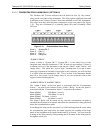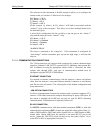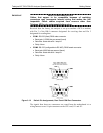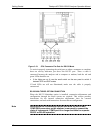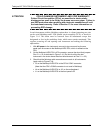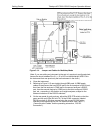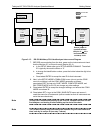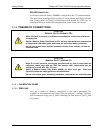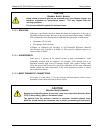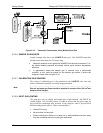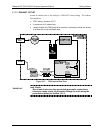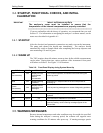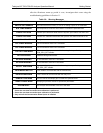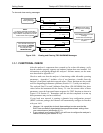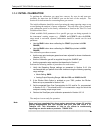
Teledyne API T803 CO2/O2 Analyzer Operation Manual Getting Started
47
CAUTION
GENERAL SAFETY HAZARD
Rapid release of pure N
2
gas into an enclosed space can displace oxygen, and
therefore represents an asphyxiation hazard. This may happen with few
warning symptoms.
Do not vent calibration gases into enclosed areas.
3.3.2.3. SPAN GAS
Span gas is specifically mixed to match the chemical composition of the type of
gas being measured at near full scale of the desired measurement range. Teledyne
API recommends the following when calibrating the span point of each sensor:
O
2
sensor: 21% O
2
in N
2
CO
2
sensor: 16% CO
2
in N
2
Cylinders of calibrated gas traceable to NIST-Standard Reference Material
specifications (also referred to as SRMs or EPA protocol calibration gases) are
commercially available.
3.3.2.4. INTERFERENTS
Some gases, if present in the sample stream in high concentrations, could
potentially interfere with the analyzer. For example, if the Sample Gas to be
measured contains high levels of nitrogen dioxide (NO
2
) and/or nitrous oxide
(NO), the gases used for both the zero point calibration and the span calibration
should contain the same components in the same proportion in order to cancel
any interference effects.
3.3.2.5. BASIC PNEUMATIC CONNECTIONS
See Figure 3-4 and Table 3-3 for the location and descriptions of the various
pneumati
c inlets/outlets referred to in this section.
CAUTION
GENERAL SAFETY HAZARD
Sample and calibration gases should only come into contact with Stainless Steel,
PTFE (Teflon) tubing, glass or electroless nickel.
The exhaust from the analyzer’s internal or customer supplied external pump
MUST be vented outside the immediate area or shelter surrounding the instrument.
07276B DCN6418



